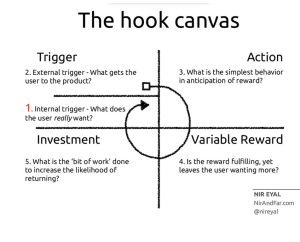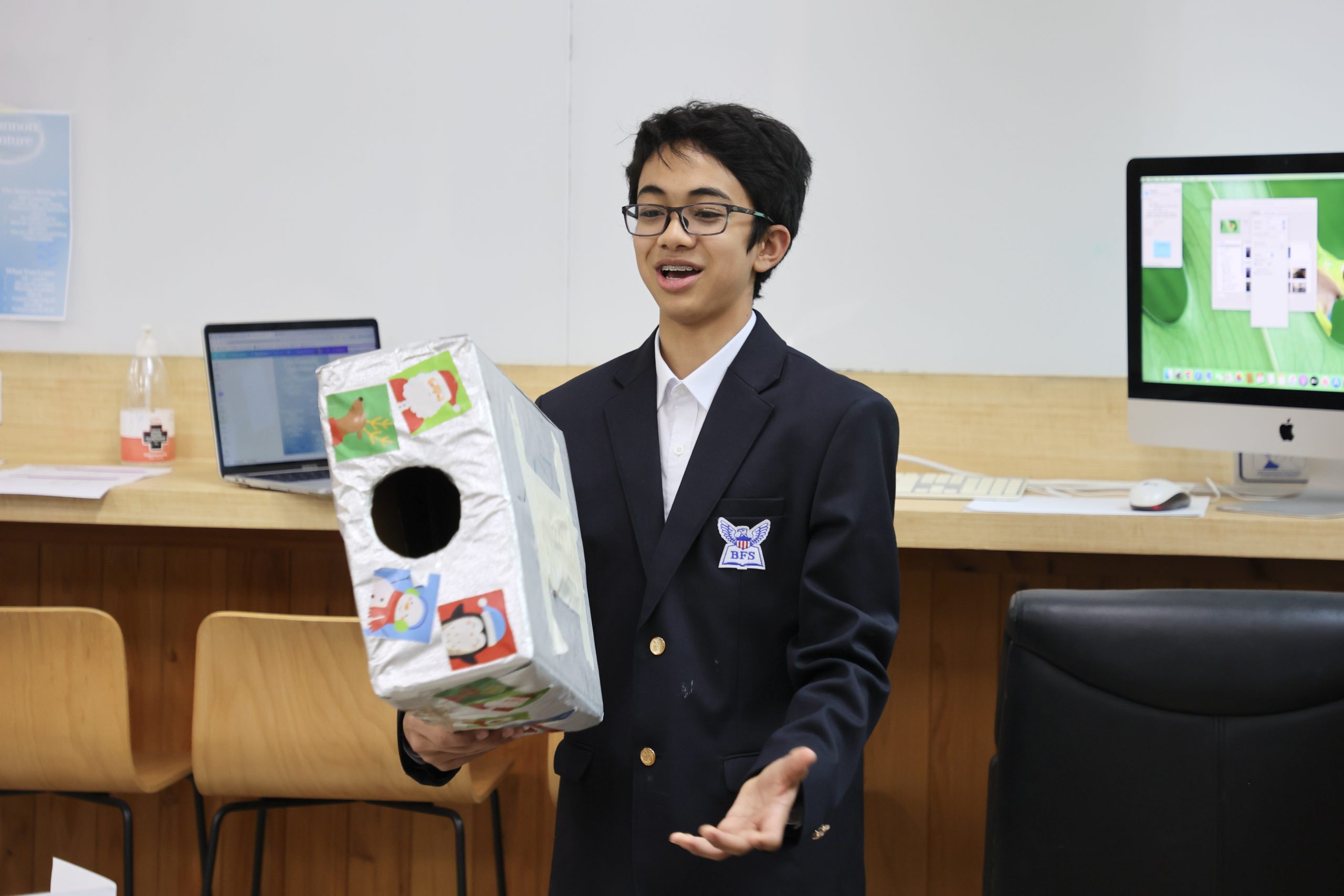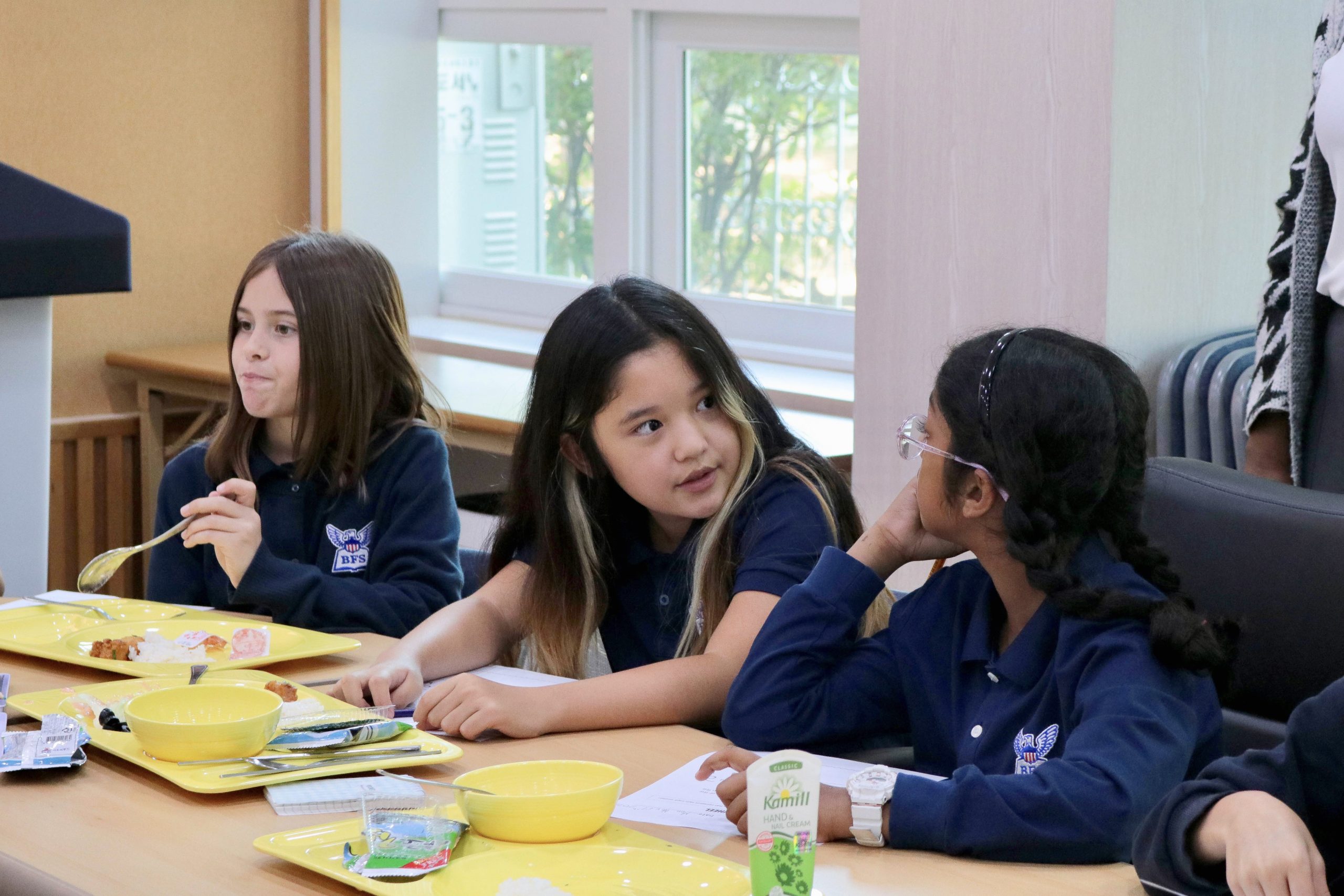By Carl Brenneman & Lauren Harvey
In the 1970s and into the 1980s, it was commonplace to see ashtrays in doctors’ offices in the United States. Advertisers claimed cigarette brands were the preferred brands of physicians. The “No Smoking” sign on airlines is a vestige from when smoking on flights was only allowed at certain times, but it was allowed. All of this changed when massive class action lawsuits forced tobacco companies to pay huge settlements, resulting in the corporate rebranding of Philip Morris to the innocuous-sounding Altria in 1985.
It is possible that for much of the 20th century, people simply didn’t know or understand the health impacts of cigarette smoking and secondhand smoke. It’s possible, then, to be more understanding of why people smoked.
While it’s not a perfect comparison, the effects of smoking and the damage done to children by smartphones may help to understand the impact of reading The Anxious Generation: How the Great Rewiring of Childhood Is Causing an Epidemic of Mental Illness. This year, the BFS teacher leadership team read this book by Jonathan Haidt. Reading it and discussing a chapter every two weeks throughout the year helped us understand the impacts of a childhood connected to the internet. Furthermore, we learned from the in-depth research of Mr. Haidt about the harmful impacts of social media use on brain development and the mental health of teenagers.
Before the advent of smartphones in the early 2010s, free play was a pivotal part of childhood. Various studies show that rates of children playing outside with friends have plummeted, and essential face-to-face interactions between children have been disrupted by smartphones. Free play develops social skills like turn-taking, relationship building, conflict resolution, and emotional regulation. As Haidt points out, “Human children are wired to connect, in part by tuning and synchronizing their movements and emotions with others (p. 55).” Children and adolescents must play outside with their friends rather than using smartphones in their free time.
 Similar to how tobacco companies pushed a highly addictive substance while promoting its purported benefits, social media companies purposely built highly addictive platforms and marketed them to adolescents using the Hooked Model, illustrated by Nir Eyal in his book Hooked: How to Build Habit-Forming Products. This model is especially effective in people whose brains are still developing and who are naturally wired to engage with their peers. It can also be especially devastating because it requires young people to create and post content to get the variable reward. As Haidt notes on page 229, while quoting a former Google executive: “In an attention economy, there’s only so much attention and the advertising business model always wants more.” Haidt builds a compelling case that the sole purpose of social media is to extract and hold the attention of its users to effectively market that attention to advertisers.
Similar to how tobacco companies pushed a highly addictive substance while promoting its purported benefits, social media companies purposely built highly addictive platforms and marketed them to adolescents using the Hooked Model, illustrated by Nir Eyal in his book Hooked: How to Build Habit-Forming Products. This model is especially effective in people whose brains are still developing and who are naturally wired to engage with their peers. It can also be especially devastating because it requires young people to create and post content to get the variable reward. As Haidt notes on page 229, while quoting a former Google executive: “In an attention economy, there’s only so much attention and the advertising business model always wants more.” Haidt builds a compelling case that the sole purpose of social media is to extract and hold the attention of its users to effectively market that attention to advertisers.
Haidt outlines four foundational harms associated with an online childhood and adolescent use of social media. These are most thoroughly discussed in Chapter 5 and include: Social Deprivation, Sleep Deprivation, Attention Fragmentation, and Addiction. He further expands on these themes as he devotes entire chapters to the impact of social media on boys and girls, who experience their harm differently, but with similar results of increased anxiety and social isolation.
After creating a compelling case for the harmful impacts of early screen use and the use of social media, Haidt presents recommendations for three branches of society: governments, tech companies, and schools. Australia has enacted a ban on social media until age 16, and Brazil has banned cell phone use during school hours at its public schools. Across the globe, school districts and international schools are similarly enacting restrictions on phone use during the day. Haidt also outlines steps parents can take to limit the damaging effects of being online throughout childhood and while the brain develops.
Reading the book led the BFS teacher leadership team towards taking action. BFS will implement a phone-free school policy during school hours for all BFS students starting in SY 2025-26. Taking this step will help address the issues of attention fragmentation, social deprivation, and smartphone addiction. This step is within our locus of control. While we cannot have a significant impact on what governments and tech companies do to protect young people, we, as a school, can have an impact on the amount of time students use technology within the school day. We feel that this phone-free policy will also improve students’ social relationships and sense of community.
Until Haidt’s book, there was some question about the harmful effects of a screen-based childhood, followed by adolescence connected to social media. He makes a compelling case and presents clear evidence to show the serious mental health declines in young people that started around 2010. Just as society took collective action to limit the harmful impacts of smoking, we must take steps to limit the harm caused by smartphones. As always, we look forward to partnering with parents as we implement change to create a safe and healthy school climate.






